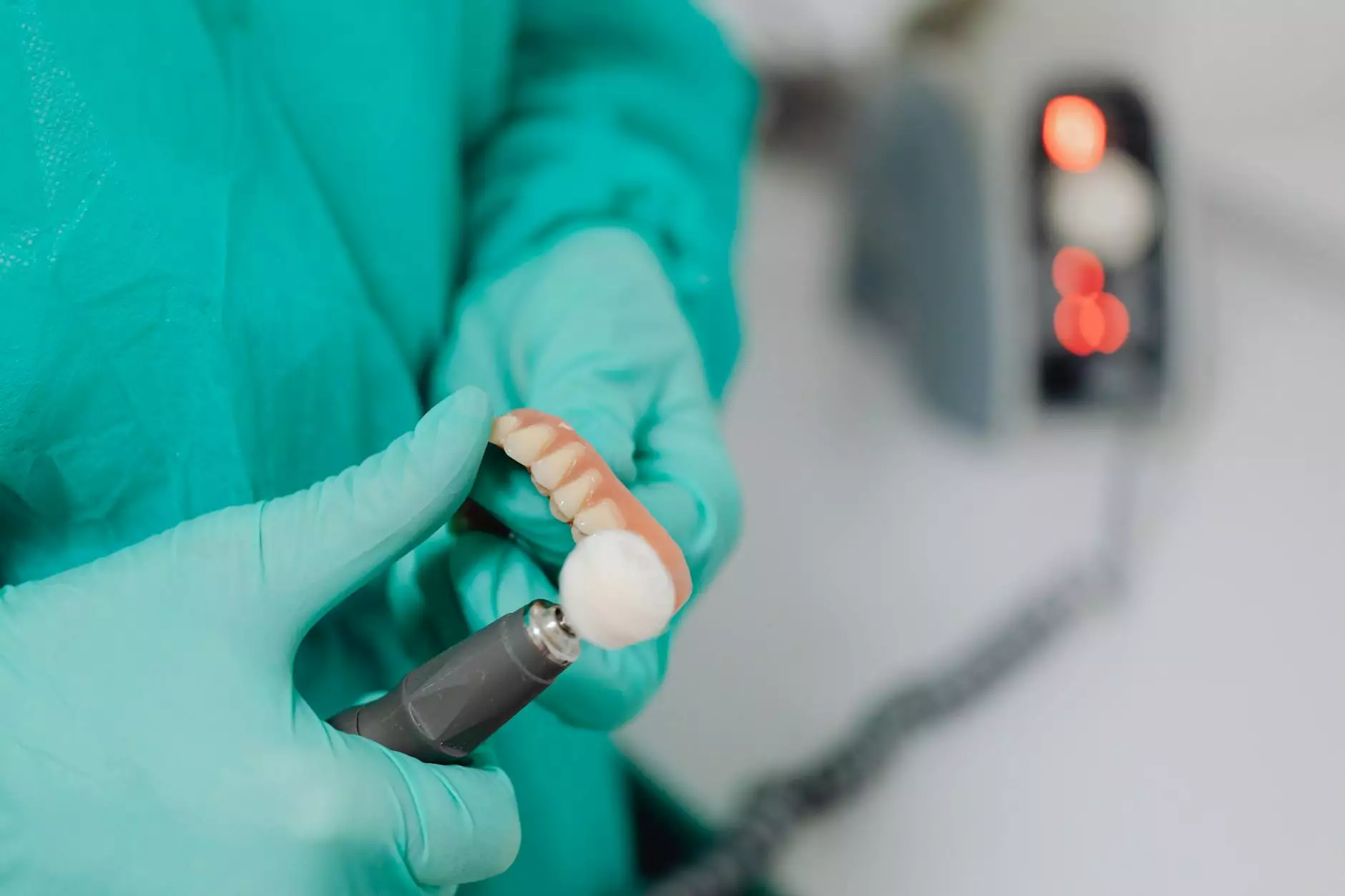Understanding Equine Sedation Drugs: A Comprehensive Guide

When it comes to the care and treatment of horses, equine sedation drugs play a crucial role. These medications are essential in ensuring the safety and comfort of both the horse and the veterinarian during various procedures. This article delves deep into the intricacies of equine sedation, discussing the different types of drugs, their applications, administration methods, and considerations for horse owners and veterinarians alike.
What Are Equine Sedation Drugs?
Equine sedation drugs are medications specifically designed for horses to help calm their nerves during stressful situations, such as veterinary examinations, dental work, or minor surgical procedures. They can also assist in managing hyperactive or aggressive behavior in horses, making them easier to handle. The utilization of these drugs ensures that both the horse and the veterinary staff are safe during procedures.
Why Use Sedation in Horses?
Using sedation in horses has several significant benefits, including:
- Safety: Sedation minimizes the risk of injury to the horse and the handler.
- Comfort: Provides a more comfortable experience for both the horse and the veterinarian.
- Ease of Treatment: Allows for more efficient examinations and treatments.
- Reduces Stress: Calms nervous or anxious horses, making them easier to manage.
Common Types of Equine Sedation Drugs
There are several classes of sedatives used in equine medicine, each with unique properties and applications. Below are some of the most common equine sedation drugs:
1. Alpha-2 Agonists
Alpha-2 agonists are among the most frequently used sedatives in veterinary practice. They work by stimulating alpha-2 adrenergic receptors, leading to sedation and analgesia. Some common alpha-2 agonists include:
- Xylazine: Often used for short procedures, typically requiring rapid sedation.
- Detomidine: Provides a more profound sedation effect and is longer-lasting than xylazine.
- Romifidine: Used for longer procedures where a less profound but extended sedation is sufficient.
2. Phenothiazines
Phenothiazines, such as Acepromazine, are antipsychotic medications that can be effective in calming horses. They do not provide analgesia, but they are useful in reducing anxiety and fear.
3. Benzodiazepines
Benzodiazepines, including diazepam and zolazepam, are another class of sedatives. They are not commonly used alone but can be effective in combination with other sedatives for their muscle relaxation properties.
4. Opioids
Opioids can be utilized for pain management and sedation, often in conjunction with other sedation agents.
How Are Equine Sedation Drugs Administered?
Administering equine sedation drugs can be performed through various routes, depending on the situation and the drug used. The most common routes include:
- Intravenous (IV): Provides rapid onset of sedation, allowing for quick action in emergency situations.
- Intramuscular (IM): A good option when intravenous access is challenging, although the onset may be slower.
- Oral: Certain sedatives can be given orally, but this method is less common in professional veterinary practice.
Dosage and Precautions
Determining the appropriate dosage of equine sedation drugs is critical for efficacy and safety. Dosages can vary based on factors such as:
- Horse's Weight: Heavier horses may require higher doses than lighter ones.
- Age and Health Status: Older horses or those with health issues may react differently to sedation.
- Type of Procedure: More invasive procedures may require higher sedation levels.
It is essential for veterinarians to carefully monitor the horse during sedation to manage any adverse effects, which can include respiratory depression, lowered blood pressure, and prolonged recovery time.
The Role of Veterinarians in Sedation
Veterinarians play a vital role in the safe and effective use of equine sedation drugs. They are trained to assess which sedation is appropriate based on the horse's needs and the type of procedure being performed. Their responsibilities include:
- Assessment: Evaluating the horse's medical history, age, and overall health before administering a sedative.
- Monitoring: Keeping a close eye on vital signs to ensure the horse’s safety during the procedure.
- Post-Procedure Care: Ensuring the horse recovers adequately from sedation and addressing any complications.
Post-Sedation Care
After the sedation wears off, proper post-sedation care is crucial. Horses may appear disoriented or unsteady while recovering from sedation. Horse owners and caretakers should take the following precautions:
- Provide a Calm Environment: Reduce noise and distractions to help the horse recover comfortably.
- Monitor Behavior: Watch for any signs of complications, such as unusual aggression, lethargy, or difficulty standing.
- Ensure Hydration: Make sure the horse has access to fresh water and is encouraged to drink.
- Restrict Activity: Limit the horse's movement during recovery to prevent injury.
Risks and Considerations
While equine sedation drugs are generally safe when administered correctly, there are inherent risks associated with their use. Veterinarians must consider numerous factors, including:
- Allergic Reactions: Some horses may be sensitive to certain sedatives.
- Interaction with Other Medications: Always inform the veterinarian of any medications the horse is currently taking.
- Underlying Health Issues: Pre-existing conditions may heighten the risks during sedation.
Conclusion
In conclusion, equine sedation drugs are an indispensable aspect of equine veterinary care. They facilitate safer procedures, minimize stress for both horses and veterinarians, and aid in the overall handling of horses. Understanding the types of sedation available, their applications, and the accompanying responsibilities is vital for horse owners and practitioners alike. By prioritizing the health and safety of horses through informed sedation practices, we can ensure that our equine companions receive the best possible care.
Further Reading and Resources
For those seeking more information on equine sedation and care, consider exploring the following resources:
- Blue Pearl Pet Services
- Veterinarians at Blue Pearl
- Pet Stores by Blue Pearl









